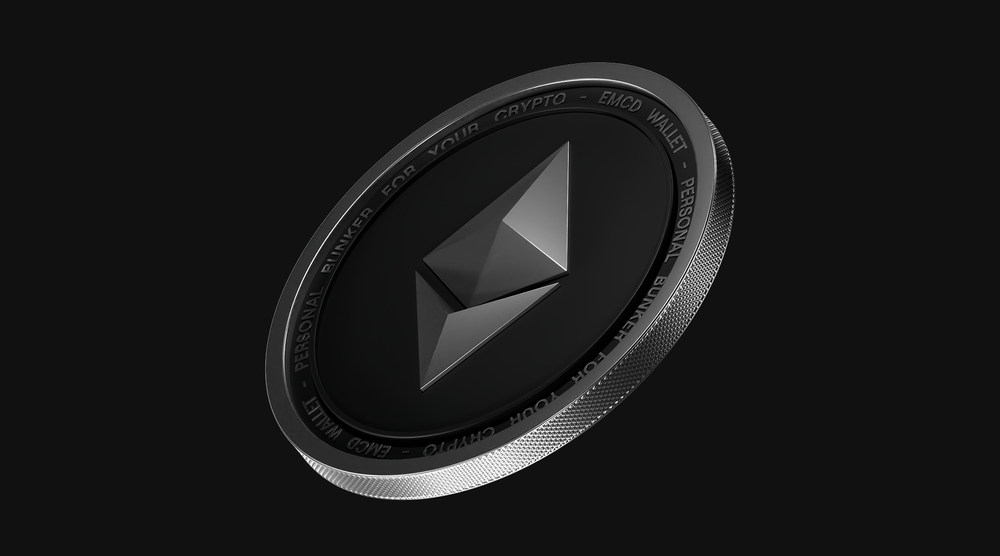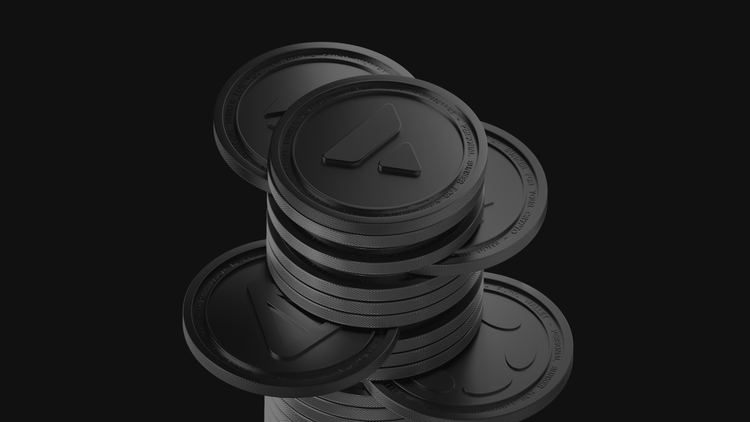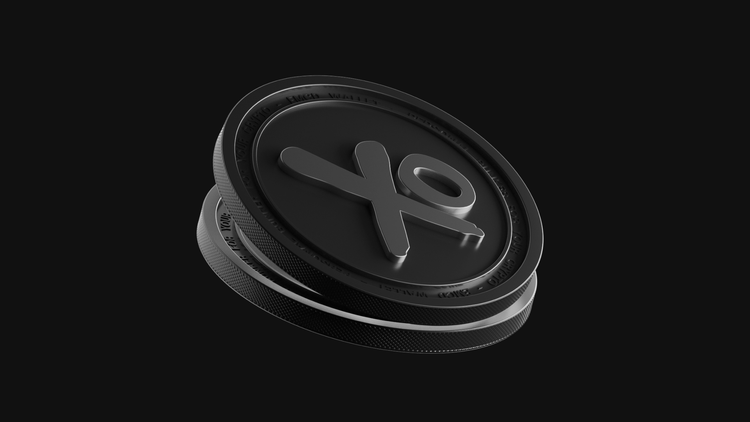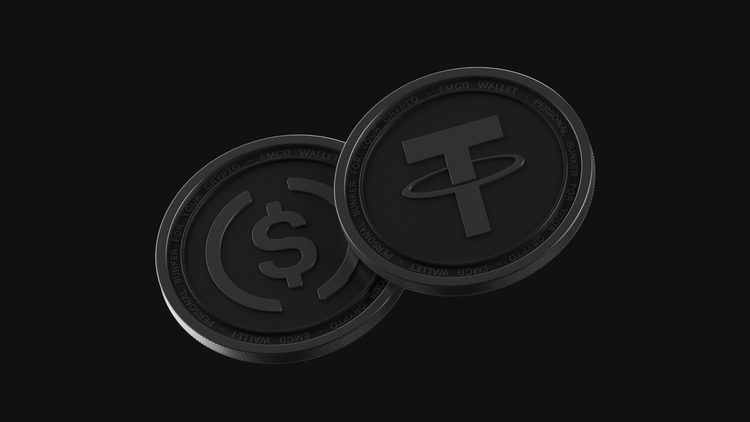Alternatives to Ethereum Mining: ETC, Staking, and Other Methods. A Complete Guide

Ethereum (ETH) is a cryptocurrency running on a blockchain that supports smart contracts. It’s one of the most popular blockchains, allowing not only crypto transactions but also the creation of decentralized applications (dApps).
The idea of Ethereum was born in 2013 when programmer Vitalik Buterin proposed a blockchain platform that could handle smart contracts. Unlike Bitcoin, which is mainly designed for transferring value, Ethereum enabled developers to build decentralized applications.
Since 2022, the Ethereum network has switched from Proof-of-Work (PoW) to Proof-of-Stake (PoS), fundamentally changing its operation.
The key difference in Ethereum after the Merge (formerly referred to as “Ethereum 2.0”) is the elimination of mining. In the new system, network security is supported by validators who lock up their ETH in staking and confirm transactions. This transition reduced Ethereum’s energy consumption by over 99% and made the network faster and cheaper.
Ethereum Classic (ETC), on the other hand, is the original version of Ethereum that still uses PoW. It did not participate in the Merge and remains a Proof-of-Work chain. While less popular than ETH, ETC can still be mined with GPUs and ASICs, but its profitability depends on network difficulty, coin price, and electricity costs.
Ethereum Classic emerged after the DAO hack in 2016. The DAO was a decentralized investment fund built on Ethereum, but hackers exploited a vulnerability and drained 3.6 million ETH (worth about $50 million at the time). To recover the funds, Ethereum’s founders decided to perform a hard fork — reversing the hack. However, part of the community opposed this move, insisting that a blockchain must remain immutable. As a result, Ethereum Classic (ETC) was born, continuing the original code.
Today, Ethereum is moving toward scalability (sharding, Rollups, Layer 2 solutions), while Ethereum Classic remains a traditional PoW cryptocurrency, suitable for mining.
Can You Still Mine Ethereum?
After Ethereum’s shift to Proof-of-Stake, mining ETH with GPUs or ASICs became impossible on the main chain. However, this doesn’t mean opportunities to earn from Ethereum are gone. Now users can earn ETH through staking, where holders lock their coins in the network and receive rewards for validating transactions.
Meanwhile, owners of mining farms redirected their resources to Ethereum Classic and other altcoins like Ravencoin (RVN), Ergo (ERG), and Kaspa (KAS). Those who specifically want income from ETH can stake, with yields that vary depending on network conditions, usually around 3–5% annually.
How to Mine Ethereum Classic
Ethereum Classic still uses Proof-of-Work, making it suitable for both professional mining hardware and home setups. You can mine ETC with GPUs or ASIC miners, though difficulty has increased as many former ETH miners switched to ETC.
Equipment Selection
You’ll need a powerful GPU (at least 6 GB VRAM) or an ASIC miner. Also, ensure your CPU is strong enough to keep mining software running smoothly.
For GPUs, models like RTX 3060, 3070, RX 6600, and 6700 XT are good options. Optimize performance with overclocking and reduced energy consumption (e.g., via MSI Afterburner). Popular ASICs include Innosilicon A10 Pro and Antminer E9, though their efficiency, availability, and cost depend heavily on your region and electricity prices.
Next Steps:
- Download and set up mining software: Examples include NBMiner, TeamRedMiner, T-Rex, and lolMiner
- Join a mining pool: Mining solo is inefficient, so join pools like 2Miners, F2Pool, Hiveon, or Ezil
- Set up a wallet: Add your pool and wallet details, then launch mining
ETC profitability depends on coin price, network difficulty, and electricity costs. Use calculators like WhatToMine or 2CryptoCalc to estimate earnings.
How to Stake Ethereum
Ethereum staking is the main alternative to mining and allows ETH holders to earn passive income without hardware. To become a validator, you need to stake at least 32 ETH. However, pools and exchanges allow participation with smaller amounts.
How to Get Started:
- Choose a method: Run your own node (requires 32 ETH) or join staking pools
- Select a platform: Popular choices are Lido, Binance, and Rocket Pool
- Deposit ETH into staking
- Receive rewards for supporting the network
Lido is the most popular option and lets you stake any amount of ETH, giving you stETH tokens in return, which can be used in DeFi. Rocket Pool is decentralized: as a staker, you can participate with 0.01 ETH, but running your own node requires 8–16 ETH plus RPL tokens as collateral. Centralized exchanges like Binance, Kraken, and Coinbase also offer simple staking services.
Average yields range from about 3% to 5% annually, depending on the pool, validator performance, and fees.
How to Earn ETH for Free
Even though mining ETH is no longer possible, there are other ways to earn it without heavy investment:
- Faucets: Websites that distribute small amounts of ETH for simple tasks (e.g., watching ads). Examples: Cointiply, FreeEthereum (earnings are usually very small and may not cover transaction fees)
- Crypto games: Some NFT games reward players in tokens
- Bounty programs: Projects may distribute ETH in exchange for promotion or testing
- Freelance for crypto: Work on platforms like CryptoTask to get paid in ETH (payouts and reliability vary by service)
- Airdrops: New projects sometimes reward users with ETH for registration or completing tasks
What to Mine Instead of Ethereum
Ethereum’s switch to PoS ended ETH mining, but there are still plenty of PoW coins to mine. Here are some popular alternatives:
Ethereum Classic (ETC)
The original Ethereum chain that continued after the 2016 hard fork. Compatible with ETH mining equipment, making it the top choice for former ETH miners. It’s listed on major exchanges and has an active community. Profitability depends on electricity costs and network difficulty, and mining is not always profitable.
Ravencoin (RVN)
A platform focused on asset tokenization (stocks, bonds, collectibles). It uses the KawPow algorithm, optimized for GPUs. Ravencoin is valued for decentralization and accessibility, especially for home miners.
Ergo (ERG)
A project combining ideas from Bitcoin and Ethereum, designed for secure DeFi. It uses the Autolykos v2 algorithm, which is energy-efficient and GPU-friendly. Ergo remains attractive for miners due to its efficiency and development activity. Liquidity and accessibility may vary by region.
Kaspa (KAS)
A fast-growing project offering ultra-quick transactions through a DAG-based block graph. It uses the kHeavyHash algorithm, optimized for modern GPUs. Kaspa is promising for early adopters who want to support a scalable network, but coin price and mining profitability can be unstable..
FAQ
Can you still mine Ethereum?
No. Since Ethereum moved to Proof-of-Stake, mining ETH with GPUs or ASICs is no longer possible.
Which is better: mining or staking?
If you already own mining hardware, it makes sense to mine other coins. If not, staking is easier and provides stable passive income without technical hurdles.
Which coins can be mined instead of Ethereum?
Currently, miners choose Ethereum Classic, Kaspa, Ravencoin, Ergo, and Nexa. Profitability depends on your GPU, electricity costs, and market conditions.
How much can you earn staking ETH?
On average, 4–6% annually. Rates depend on whether you stake directly, through pools, or on exchanges.
Where is it safe to stake ETH?
Lido and Rocket Pool are popular options with no minimum of 32 ETH. Centralized exchanges like Binance, Kraken, and Coinbase are also convenient for beginners.
How to choose a coin for mining?
Consider your GPU’s specs, electricity cost, and coin profitability. Use calculators like WhatToMine to make decisions.
What should you do with a mining farm if ETH mining is impossible?
Switch to mining other coins (ETC, Kaspa, etc.). If unprofitable, rent out your hashpower through NiceHash, repurpose for rendering, or sell the equipment.
Which GPUs are good for mining today?
Models with at least 6 GB VRAM: RTX 3060, 3070, 3080, RX 6600, 6700 XT, 6800. More VRAM means more flexibility, especially for ETC.
How to get ETH for free?
Through faucets, airdrops, crypto games, bounties, or freelance work for crypto. Earnings are small but useful as a start.
What’s next for Ethereum?
Ethereum continues to scale. Layer 2 solutions like Arbitrum and zkSync are expanding. In the future, Danksharding will boost performance further. Zero-knowledge (zk) technologies are also growing, making ETH faster and more private.




